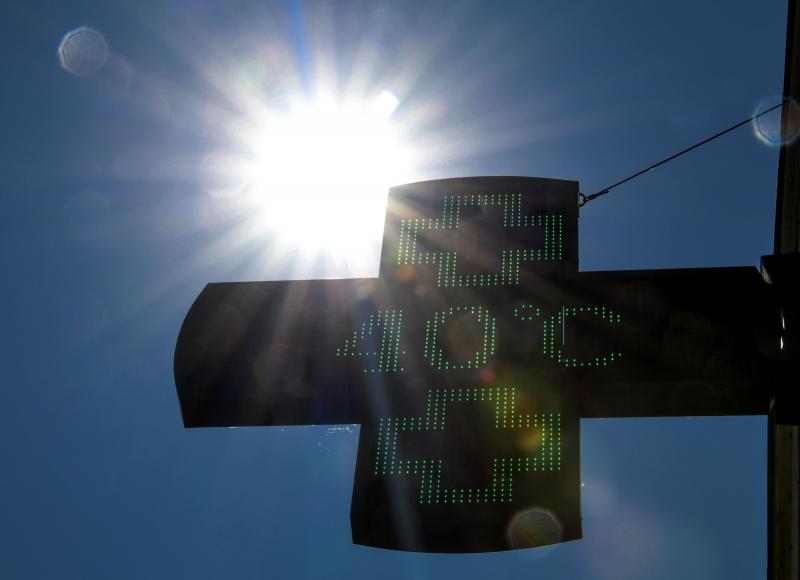
Unlike expatriation (“a choice of a foreign land over one’s own”), exile is a “political rather than an artistic concept,” forced rather than voluntary. Exile, he argues, in the Palestinian case especially, is a “political catastrophe” it is banishment by a colonial power. This book analyses two literary experiences (American and Palestinian) at different historical moments (interwar modernist period and post-1948, respectively) around two notions of “expatriation” and “exile,” and through a “contrapuntal reading.” The author is invested in drawing a clear distinction between the two experiences of expatriation and exile. "Pilgrims" going on "pilgrimages" (to use the contemporary terms) to such sites was, in. So along with climbing mountains and walking in woods, Jake may want to visit battle-fields, war cemeteries, and memorials. Thirty miles away by rail is the Tyne Cot Cemetery, Passchendaele, the largest British cemetery is the world.) In their 1914 drive south towards Paris, the Germans left Senlis in flames located twenty-four miles northeast of Paris in the First Marne Battlefield area, Senlis had its own war memorials and graveyards. (Located twelve miles by canal from the North Sea, it became a German submarine base, which early in the war was bombed by the British. Bruges was taken by the Germans in the fall of 1914. From the Ardennes, the site of a vast post-war military cemetery, down through Upper Alsace was the region of the disastrous (for the French) August 1914 Battle of the Frontiers. Reynolds in the World War II novel of that name.) Other places that he names-"somewhere or other in Alsace," or Bruges, the Ardennes, or Senlis-were among the early scenes of the war. Odile is the patron saint called on repeatedly by Gertrude Stein's Mrs. Odile, patron saint of Alsace and a patron saint of the blind, was a popular destination for men blinded in the war. First, he suggests that they "fly to Strasbourg" and then walk up to Ste. The places that Jake mentions to Cohn for a walking trip may also have post-war connotations. Still, Lloyd George grabbed Clemenceau by the collar and demanded an apology for accusing him of "making false statements." Clemenceau offered to settle this matter of honor with "pistols or swords." Perhaps no one was kicked under a table in 1919 at Versailles, as Cohn finally kicks Jake under the table. Eventually, Clemenceau and Wilson were no longer on speaking terms Clemenceau clashed often with Lloyd George as well. (Imagine a post-Civil War novel narrated by a wounded vet opening at the Café Appomattox.) There was conflict at Versailles with the Germans and even more conflict among the Allies themselves. This quarrelsome scene at the Café Versailles alludes to Versaillles, 1919. The novel's first café scene, with Jake, Cohn, and Frances, comes in the brief opening chapter (pp. 1914-22)-as they are found in café scenes, cafe names, and food. The point can be demonstrated by considering a single aspect of the story: its subtle allusions to the pre-story past-to life "in our time" (c. They concern the historical past, too they concern what has "already happened," not only to the narrator Jake Barnes personally but to his generation.

More often, though, it is Jake's unmanning (as his war wounding was unmanning) emotional woundings by Brett Ashley throughout the story that have been seen in these terms.īut implied remembrances of the past involve more than Jake's own wounding. For instance, Pamplona during fiesta time has been seen as a kind of war zone, and Jake's wounding is in a sense re-enacted when Cohn knocks him unconscious. Almost always, they concern Jake's war wounding. But memories of the pre-story past have been noted, too. One of its referential contexts is, of course, the mid-1920s (the story takes place in a fictional year that resembles 1924-25) and much critical attention has focused on decoding the story's subtle allusions to this period. Wagner says "it was the 'naturalistic' Hemingway, or at any rate, the 'realistic' novel." By now, many readers see The Sun Also Rises preeminently as a novel of implication. "Hemingway was disappointed throughout his life because The Sun Also Rises was the novel most often misread," Linda W.

Ernest Hemingway in a discarded preface to The Sun Also Rises.


 0 kommentar(er)
0 kommentar(er)
